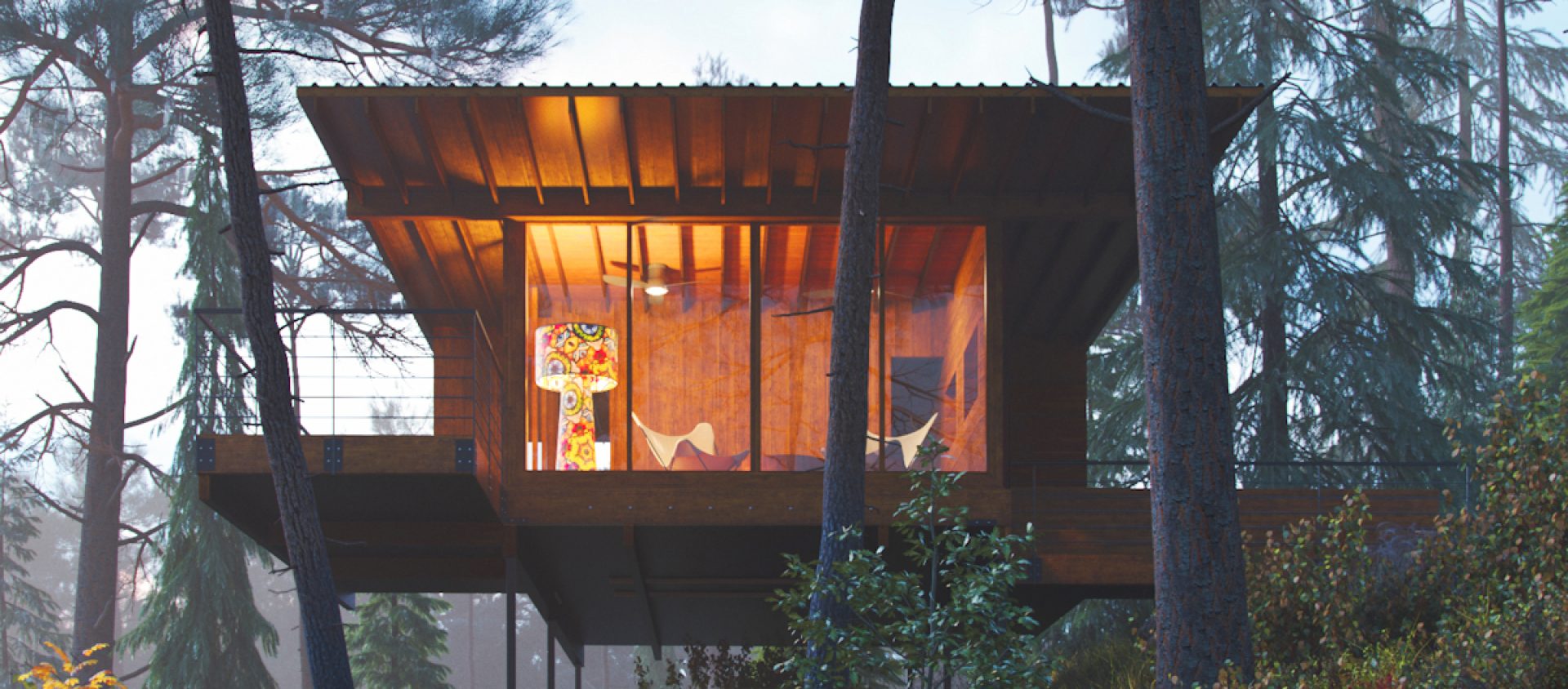Until not that long ago, music was a participant event. Everyone in the village gathered to sing, play handmade instruments, and dance. If you were especially skilled, you received recognition (and maybe a few rounds of free
So I’m not at all surprised at the popularity of community music groups. Amateur choral groups, whether associated with religious institutions or not. Recorder ensembles playing Christmas music. Church choirs. Community bands or string ensembles—after all, where else are those band members or not-quite-good-enough-for-professional violinists going to find kindred spirits and have fun?
My husband, a clarinetist, played in a community band comprised of retired musically inclined folks and high school seniors or graduates, plus two for-credit community college bands. The “symphonic band” in particular drew from current students and ordinary folks. I used to love attending these concerts, well within our budget (aka, free). They varied in quality but it was always clear how much fun the musicians were having.
Fast forward through the pandemic and waning interest…to a sign outside one of the tiny churches in our tiny town: “Concert!” Of course, even at the requisite 25 mph, I couldn’t catch the date and time. Then my piano teacher said, “I’m playing the piano solo at the church, you should come.” I came. I sat where I had a good view of her hands. The church held maybe a hundred people, but the acoustics were marvelous. I went back for a second concert, although I had the same problem finding out when the performances were. At last, I found the website for the “Concertino Strings,” showed up for a performance, and had a marvelous time.
The directors, Joanne Tanner and Renata Bratt, did a brilliant job selecting music that was fun to play, within the skill level of their musicians, and delightful to listen to. This last concert included:
- Don Quixote Suite; A Burlesque, by G. P. Telemann
- Gigue, by J. Pachelbel (the one written to go with his famous Canon in D)
- Pachelbel’s Rhapsody, by Katie O’Hara LaBrie
As Renata Bratz pointed out, we have all heard Pachelbel’s Canon in D umpteen times, although few of us have shared the experience of the cellists, who play the same 8 notes over…and over…and over. Maybe that was what LaBrie had in mind when she arranged a delightful blend of Pachelbelian themes in a sprightly modern setting. I came home and looked it up online. You can enjoy it, too!
The next concert is December 11 and 14, featuring Sammartini’s Concerto Grosso “Christmas.”
